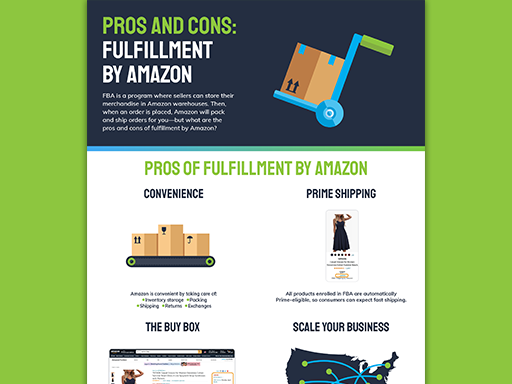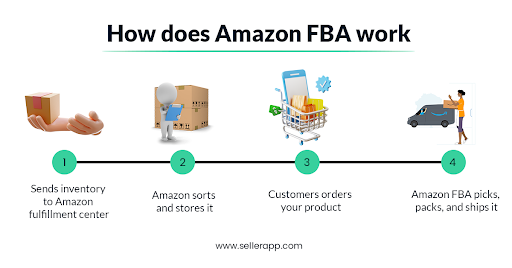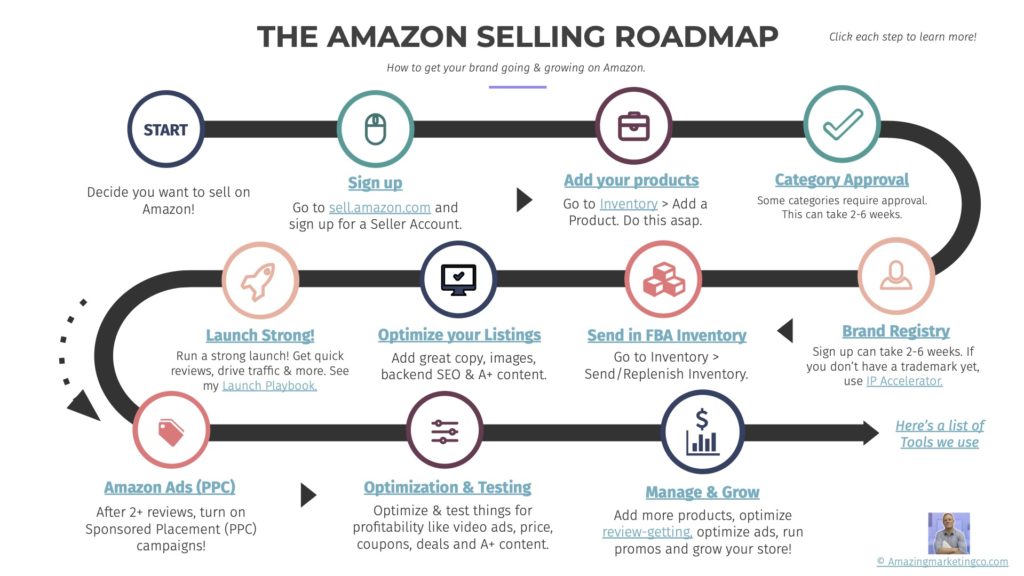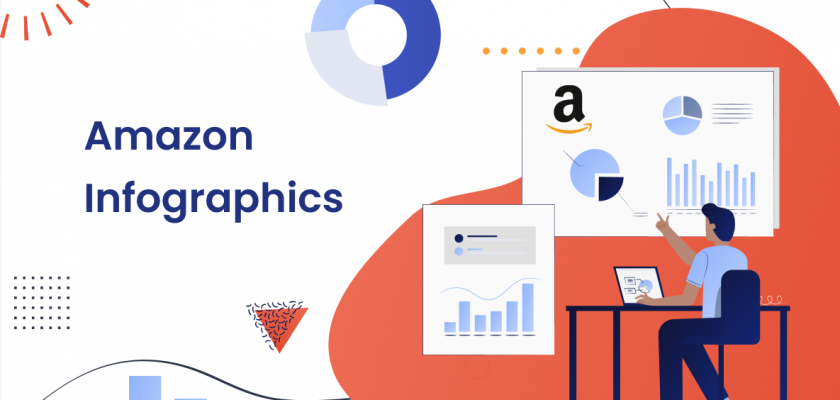Unlock the secrets to minimizing Amazon FBA fees while maximizing profits – learn how to optimize your selling strategy today!
Table of Contents
- Introduction to Amazon FBA
- What Are Amazon FBA Fees?
- Why Optimizing Fees Matters
- Using the Amazon FBA Fee Calculator
- Tips for Reducing FBA Fees
- Understanding Size and Weight Tiers
- Seasonal Fee Changes
- Handling Long-Term Storage Fees
- The Impact of Returns and Customer Service
- Staying Updated on Fee Changes
- Summarizing the Key Points
- FAQs About Amazon FBA Fees
Introduction to Amazon FBA
For anyone looking to sell things on Amazon, understanding what Amazon FBA is can be a game-changer. So, what is Amazon FBA, and why is it important? Amazon FBA stands for Fulfillment by Amazon, and it’s a service that lets sellers send their products to Amazon’s warehouse. Once there, Amazon takes care of storing, packing, and shipping these items to customers. This means that sellers can focus on finding great products and marketing them, while Amazon handles the logistics of getting those products to buyers.
Understanding Amazon FBA
Amazon FBA opens up a world of possibilities for small businesses and individuals looking to sell on the platform. Instead of having to worry about storing inventory and shipping orders, sellers can leverage Amazon’s vast network of warehouses and expertise in fulfillment. This not only saves time and effort but also provides access to Amazon’s Prime customers who enjoy fast and reliable shipping. With Amazon FBA, sellers can tap into a streamlined process that helps them reach a broader audience and grow their business without the hassle of logistics.
What Are Amazon FBA Fees?
When you decide to sell things using Amazon FBA, there are various fees you need to know about. These fees are the costs you have to pay for Amazon’s services like storing, packing, and shipping your products.
Types of Fees
There are different kinds of fees associated with Amazon FBA. One of them is storage fees. These fees depend on how much room your products take up in Amazon’s warehouse. The longer your items sit there, the more you may have to pay. Another type of fee is selling fees. These are charges you incur when you make a sale. They are usually a percentage of the selling price.
Why Optimizing Fees Matters
When you sell things on Amazon using Amazon FBA, it’s important to understand why keeping the fees as low as possible is crucial for making more money.

Image courtesy of omnitail.net via Google Images
Why You Should Care About Amazon FBA Fees
Optimizing fees means finding ways to reduce the costs associated with storing, packing, and shipping your products through Amazon FBA. By lowering these expenses, you can increase your profits and improve your business’s overall success.
The Impact on Your Bottom Line
Every cent saved on fees is money that stays in your pocket. By optimizing your Amazon FBA fees, you ensure that you maximize your earnings from each sale. This extra revenue can then be reinvested into your business to help it grow further.
By paying close attention to the fees you incur through Amazon FBA, you can make strategic decisions that benefit your business in the long run. It’s not just about saving money; it’s about investing wisely to achieve your goals and reach new heights of success.
Using the Amazon FBA Fee Calculator
When selling things on Amazon using Fulfillment by Amazon (FBA), it’s essential to understand the fees involved to ensure you make a profit. Luckily, Amazon provides a helpful tool called the Amazon FBA Fee Calculator to assist sellers in predicting the costs associated with using the service.
How It Helps
The Amazon FBA Fee Calculator allows you to input details about the product you want to sell, such as its size, weight, and selling price. With this information, the calculator estimates the fees you can expect to pay, including fulfillment fees, storage fees, and other charges.
By using the fee calculator before listing a product, you can see how different factors, like the size and weight of the item, impact the overall fees. This helps you make informed decisions about pricing and product selection to optimize your profits.
Additionally, the calculator lets you compare fees for different products, helping you choose items that are cost-effective to sell through Amazon FBA. This way, you can adjust your selling strategy to minimize expenses and maximize your earnings.
Tips for Reducing FBA Fees
When it comes to selling things on Amazon using FBA, it’s essential to keep your fees as low as possible to make more money. Here are some tips to help you reduce your Amazon FBA fees:

Image courtesy of www.brandbuilderuni.com via Google Images
Product Selection
One way to lower your FBA fees is by carefully choosing the products you want to sell. Try to pick items that are lightweight and not too big. This way, you can save on storage and shipping costs, ultimately reducing your fees.
Packing Your Products
Another tip for cutting down on FBA fees is to pack your products efficiently. Make sure to optimize the packaging so that your items take up less space in Amazon’s warehouse. This can help you avoid extra fees for oversized or bulky packages.
Understanding Size and Weight Tiers
When you sell things using Amazon FBA, the size of your items can affect how much you have to pay in fees. Amazon has different categories for sizes, from small to large, and the bigger the item, the more you might have to pay. It’s important to consider the size of your products when deciding what to sell on Amazon.
Weight Tiers
Along with size, the weight of your products also plays a role in determining the fees you’ll have to pay. Heavier items usually cost more to store and ship, so it’s a good idea to think about the weight of your products before listing them on Amazon. By choosing lighter items to sell, you can potentially save money on fees.
Seasonal Fee Changes
Did you know that Amazon sometimes changes its fees during busy times like holidays? That’s right, just like how prices might go up on popular toys during Christmas, Amazon may increase their fees to match the demand. This means that when lots of people are ordering things, Amazon has more work to do and charges a bit more for their services.
| Product Category | Amazon FBA Fees (%) | Optimization Tips |
|---|---|---|
| Electronics | 15% | Minimize product dimensions and weight to reduce fulfillment fees. |
| Apparel | 17% | Bundle products or offer multi-pack options to increase average order value. |
| Health & Beauty | 10% | Use lightweight packaging and consider fulfillment options like Subscribe & Save. |
| Home & Garden | 12% | Opt for Fulfillment by Merchant (FBM) for slow-moving or oversized items. |

Image courtesy of www.sellerapp.com via Google Images
As an Amazon seller, it’s essential to keep an eye out for these seasonal fee changes. By knowing when to expect them, you can plan ahead and adjust your prices or strategies accordingly. Make sure to stay informed so that you’re not caught off guard by sudden increases in fees.
Remember, these fee changes are just temporary and are usually put in place to help Amazon cover the extra costs of handling a higher volume of orders. So, while it may be a bit of a hassle to adjust your pricing during these times, it’s all part of the game when it comes to selling on Amazon.
Handling Long-Term Storage Fees
When you use Amazon FBA to sell your products, you might encounter long-term storage fees if your items remain in the warehouse for an extended period. These fees can add up over time and eat into your profits, so it’s crucial to understand how to manage them effectively.
Avoiding Long-Term Fees
To prevent long-term storage fees from piling up, it’s essential to keep track of your inventory regularly. Make sure to monitor the stock levels of your products and assess which items are at risk of incurring these additional charges. Consider implementing the following strategies to minimize the impact of long-term storage fees:
1. Inventory Management: Maintain a well-organized system to track the movement of your products in and out of the warehouse. This will help you identify slow-moving items that may be at risk of accruing long-term storage fees.
2. Sales and Promotions: Consider running sales or promotions to clear out excess inventory and prevent items from lingering in the warehouse for too long. This can help boost your sales while reducing the likelihood of incurring additional storage fees.
3. Seasonal Planning: Anticipate fluctuations in demand for certain products based on seasonal trends. Adjust your inventory levels accordingly to avoid overstocking items that could lead to long-term storage fees during slower periods.
By proactively managing your inventory and staying vigilant about the storage duration of your products, you can effectively mitigate the impact of long-term storage fees on your Amazon FBA business.
The Impact of Returns and Customer Service
When selling products through Amazon FBA, it’s essential to understand what happens when a customer decides to return an item. Returns can have a significant impact on both sellers and customers alike.

Image courtesy of amazingmarketingco.com via Google Images
Dealing with Returns
When a customer chooses to return an item they purchased from your Amazon store, Amazon takes care of the return process. The item is sent back to Amazon’s warehouse where it is inspected to ensure it’s in good condition. As a seller, you may be charged a return processing fee depending on the reason for the return.
While returns can be a hassle, providing excellent customer service throughout the return process is crucial. By handling returns promptly and professionally, you can maintain a positive reputation with customers and increase the likelihood of future sales.
It’s important to note that Amazon FBA offers a customer-friendly return policy, which can lead to higher customer satisfaction and trust in your products. By addressing returns efficiently and effectively, you can build a loyal customer base and improve your overall business success.
Staying Updated on Fee Changes
As a seller using Amazon FBA, it’s crucial to stay updated on any changes in fees that Amazon may implement. These fee adjustments can impact your overall costs and profit margins, so it’s important to be aware of them.
Why Stay Informed?
Keeping track of fee changes allows you to make informed decisions about your business. By staying updated, you can anticipate any increases in fees and adjust your pricing strategies accordingly. This proactive approach can help you stay competitive and profitable in the ever-changing world of e-commerce.
Where to Find Information
Amazon usually announces fee changes on their seller central platform. Be sure to regularly check your seller account for any notifications or updates regarding fee adjustments. Additionally, you can subscribe to Amazon seller newsletters or attend webinars to stay informed about any upcoming changes.
Assessing the Impact
When Amazon announces fee changes, take the time to assess how these adjustments will affect your business. Consider how the changes will impact your pricing strategies, profit margins, and overall operations. This evaluation will help you make necessary adjustments to mitigate any negative impacts on your business.
By staying updated on fee changes, you can adapt your business strategies to navigate any challenges that may arise. Remember, knowledge is power when it comes to optimizing your Amazon FBA fees.
Summarizing the Key Points
Amazon FBA is a service that lets sellers send their products to Amazon’s warehouse where Amazon takes care of storing, packing, and shipping them to customers. It’s a great way to streamline the selling process and reach a wider audience.

Image courtesy of sellersonar.com via Google Images
When using Amazon FBA, sellers have to pay different fees, including storage fees and selling fees. It’s crucial to understand these costs and find ways to optimize them in order to maximize profits.
To help sellers figure out their fees in advance, Amazon provides a handy tool called the Amazon FBA fee calculator. This tool allows sellers to analyze the costs associated with selling a product and adjust their strategies accordingly.
There are various strategies to reduce FBA fees, such as selecting lighter products to sell and packing items more efficiently. By being strategic about product selection and packaging, sellers can minimize costs and increase their margins.
Amazon charges different fees based on the size and weight of products. Sellers should be aware of these size and weight tiers to avoid unexpected fees and plan their selling strategies accordingly.
It’s important to stay updated on any seasonal fee changes that Amazon may implement during peak times like holidays. Being aware of these fluctuations can help sellers prepare and adjust their pricing strategies accordingly.
Long-term storage fees can add up if products remain in the warehouse for an extended period. To avoid these additional charges, sellers should implement strategies to ensure timely turnover of inventory.
Understanding how returns and customer service impact FBA fees is crucial for sellers. Knowing how Amazon handles returns and the associated fees can help sellers manage their inventory effectively.
Lastly, keeping track of fee changes and updates from Amazon is essential for sellers to stay competitive and optimize their selling strategies. By staying informed, sellers can adapt to changes quickly and make informed decisions.
FAQs About Amazon FBA Fees
Here are some common questions people might have about Amazon FBA fees:
How do I start with Amazon FBA?
Starting with Amazon FBA is easy! You need to create a seller account on Amazon and then choose the FBA option when you list your products. Once your items sell, you simply ship them to Amazon’s warehouse, and they take care of the rest – storing, packing, and shipping your products to customers.
Can I predict how much I’ll pay in fees?
Absolutely! Amazon provides a handy tool called the FBA fee calculator that allows you to estimate the fees you’ll incur when using their services. By entering details about your products like size, weight, and category, you can get a good idea of how much you’ll need to pay in fees before making any decisions.
What do I do if my fees seem too high?
If you feel like your Amazon FBA fees are higher than expected, there are a few things you can do to try and lower them. Consider optimizing your product selection by choosing items that are smaller and lighter to reduce storage and shipping costs. You can also focus on improving your packing methods to make sure your products take up less space in Amazon’s warehouse.
